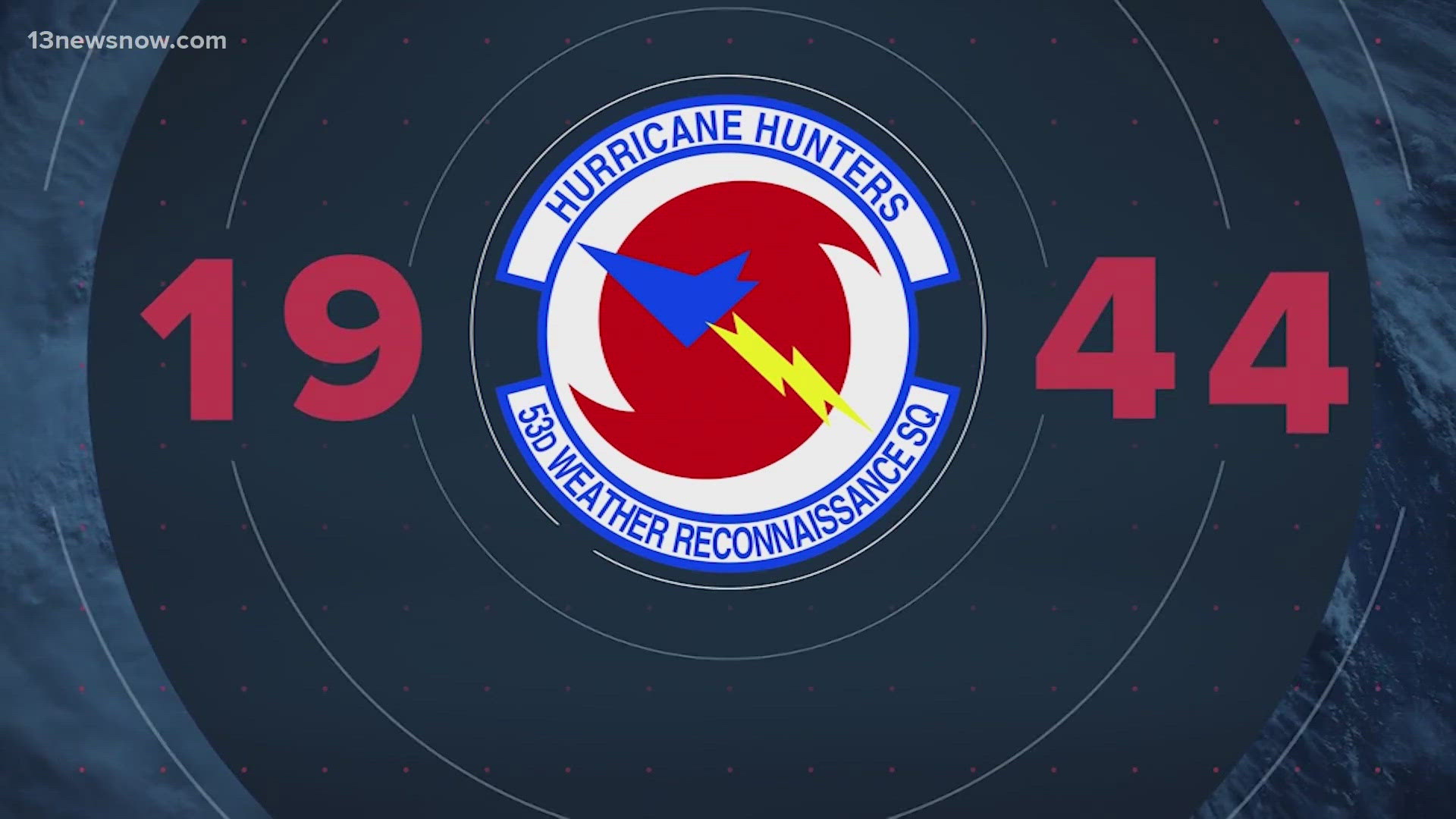NORFOLK, Va. — One of the important tools meteorologists use in determining a hurricane or tropical storm’s strength and movement is those amazing ‘Hurricane Hunters’ that literally fly right into the middle of a storm.
How do they do that, and what are they doing while inside the storm?!
It’s all about the science!
Hurricane Hunters provide a lot of information about a storm but how are they even getting inside?
They’re flying a plane called a WCJ-130, fitted with propellers instead of jet engines to better 'weather' the harsh conditions of penetrating intense storms.
This plane is a modified version of the C-130 plane that you might see dropping the red fire retardant on raging wildfires out west.
These planes are tough!
They can fly for longer periods of time, and they can really take a beating!
These airborne science missions are run by the 53rd Weather Reconnaissance Squadron which has been flying into storms since 1944.
In the cargo section of the plane, there are two different pallets of computer systems that take all of the data from the sensors on the plane’s exterior to help determine what’s going on inside the storm.
The hunters also drop these parachute-type sensors called Sondes, which float through the storm relaying info about a storm's pressure, wind speed, and direction.
That information all comes together, gets processed, and is then shared through the National Hurricane Center for meteorologists to share with the public.
A lot of times during hurricane season, you'll hear meteorologists reference the Hurricane Hunters' data obtained on their missions.
However, the Hurricane Hunters aren’t the only ones flying into the storms.
The National Oceanic and Atmospheric Administration or NOAA also has a couple of planes flying into and around a hurricane. These planes are retrofitted a bit differently, in fact, one is specially designed for high-altitude missions to sample the atmosphere well above storms.
Meteorologists are lucky to have these brave men and women who are willing to venture straight into danger all in the name of science. Their data has helped computer models that predict the storms' intensity and track to become more and more reliable and accurate.

